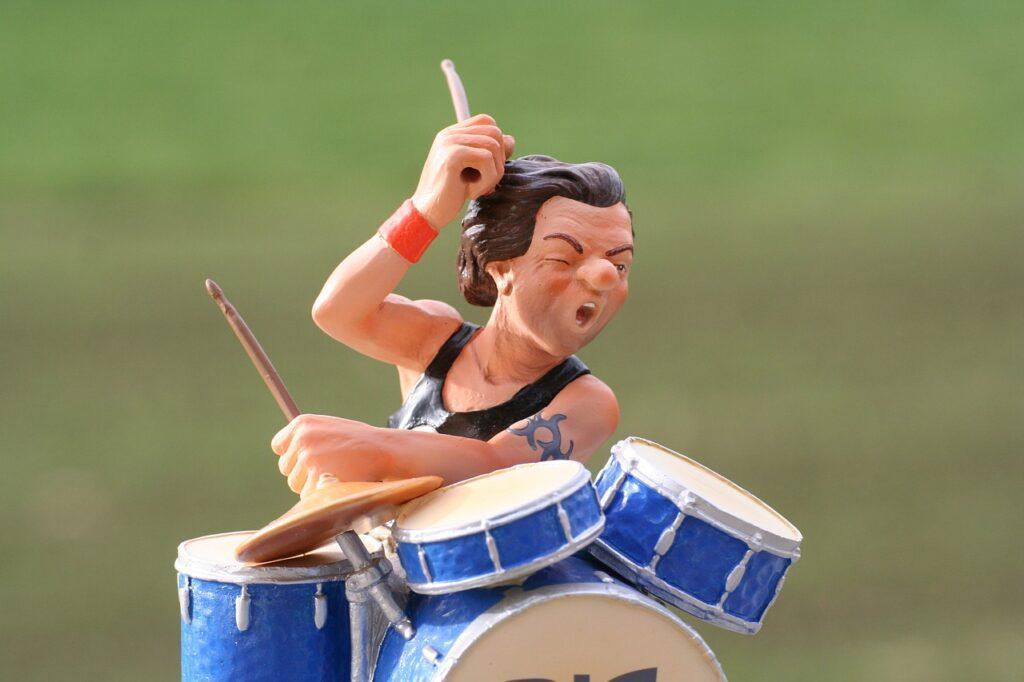I’m excited to share that I’ve posted my 100th blog article. My goal is to deliver fun, relevant, and insightful content that’s chock-full of soundtracks, vibrant images, and videos. I hope you like what you’ve seen so far. If you have, please visit again. Estimated reading time 5 minutes.
Read More

